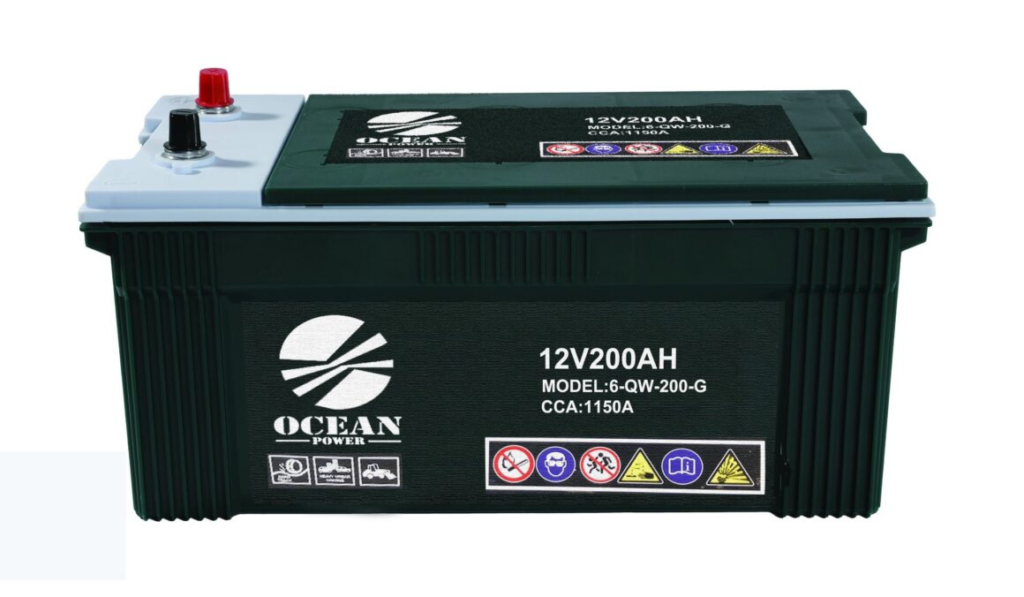In the automotive sector, ensuring safety is paramount, especially when it comes to handling batteries. The Automotive Battery Hazard Class categorizes batteries based on their potential risks. This classification system helps manufacturers, suppliers, and users understand the hazards associated with automotive batteries. By identifying the potential dangers, appropriate safety measures can be implemented to minimize the risks.
Table of Contents
Importance of Classifying Automotive Batteries

The classification of automotive batteries into hazard classes serves several vital purposes. Firstly, it ensures that batteries are handled, stored, and transported in compliance with safety regulations. This protects both the environment and individuals involved in the automotive sector. Secondly, it enables manufacturers to produce batteries with the appropriate safety features, reducing the risk of accidents. Finally, the classification system allows users to make informed decisions when choosing batteries, considering their specific requirements and the hazards associated with different classes.Understanding the importance of classifying automotive batteries according to the hazard class ensures safety and compliance in the industry.
Overview of Automotive Battery Hazard Classes
The Automotive Battery Hazard Class system categorizes batteries into different classes based on their level of danger. Classifications include Class 1 (Explosive), Class 2 (Flammable), Class 3 (Combustible), and Class 4 (Non-combustible). These classes are determined by evaluating factors such as the battery’s chemistry, design, and potential risks. Each class has its own set of safety requirements and guidelines that must be followed to ensure proper handling, storage, and transportation.
Exploring Explosive Automotive Batteries
Class 1, the Explosive class, includes batteries with a high risk of explosion. These batteries often contain highly reactive materials or unstable chemistries. Lithium-ion batteries, for example, fall into this class. Due to their explosive nature, they require strict safety precautions, including proper packaging, transportation, and storage. Manufacturers of explosive batteries must comply with specific safety standards and regulations to mitigate the risk of accidents.The classification of explosive automotive battery hazard class is crucial for implementing stringent safety measures.
Understanding Flammable Automotive Batteries

Class 2 encompasses batteries that are flammable but not as explosive as those in Class 1. These batteries pose a risk of fire when exposed to heat or a spark. Lead-acid batteries, commonly used in vehicles, fall into this category. While not as hazardous as Class 1 batteries, proper handling, storage, and disposal procedures are still necessary to prevent accidents. Implementing safety measures such as temperature control and fire suppression systems can minimize the risks associated with flammable batteries.
Properly understanding the hazard class of flammable automotive battery hazard class implementing effective safety measures.
Examining Combustible Automotive Batteries
Class 3 includes batteries that are combustible under specific conditions. These batteries may ignite when exposed to high temperatures or flames. Nickel-metal hydride (NiMH) batteries often fall into this category. While not as dangerous as explosive or flammable batteries, they still require careful handling to prevent fires. Following safety guidelines for storage, transportation, and usage can mitigate the risks associated with combustible batteries.The examination of combustible automotive battery hazard class provides valuable insights for risk assessment and safety protocols.
Exploring Non-combustible Automotive Batteries
Class 4 comprises batteries that are non-combustible and pose minimal hazards. These batteries are typically considered safer due to their stable chemistry and low risk of fire or explosion. Traditional alkaline batteries fall into this class. Although they have fewer safety requirements, it is still essential to handle and dispose of them properly to minimize environmental impact. By understanding the class of a battery, users can select the appropriate safety measures and protocols.
Ensuring Safety in the Automotive Sector
Safety is of utmost importance in the automotive sector, particularly when dealing with batteries. By understanding the Automotive Battery Hazard Class system, manufacturers, suppliers, and users can take the necessary steps to prevent accidents and minimize risks. Adhering to safety guidelines, implementing proper storage and transportation procedures, and providing appropriate training for employees are crucial aspects of ensuring safety. Regular maintenance and inspections are also essential to identify potential hazards and address them promptly. Through a collective effort, the automotive sector can maintain a safe environment for everyone involved.
Compliance and Regulations

Compliance with safety regulations and guidelines is essential in handling automotive batteries. The Automotive Battery Hazard Class system serves as a framework for manufacturers, suppliers, and users to ensure compliance with industry standards. It is crucial to stay updated with the latest regulations and requirements related to battery safety. Organizations should invest in training programs to educate their employees about proper handling techniques and safety protocols. By prioritizing compliance and adhering to regulations, the automotive sector can mitigate risks and create a safer working environment.
The Future of Automotive Battery Safety
As technology advances, the automotive industry continues to develop innovative battery technologies. Alongside these advancements, safety measures and hazard class regulations must evolve to address emerging risks. Research and development efforts should focus on enhancing battery safety, including the development of new materials, improved designs, and better safety standards. Collaborative efforts between manufacturers, regulatory bodies, and research institutions are essential to stay ahead of potential hazards. By investing in battery safety research and implementing cutting-edge technologies, the automotive sector can pave the way for a future with even safer batteries.The future of automotive battery hazard class is continuous advancements in technology, research, and the refinement of hazard class regulations.
Conclusion
The Automotive Battery Hazard Class system plays a crucial role in the automotive sector by categorizing batteries based on their potential risks. Understanding the hazard classes enables manufacturers, suppliers, and users to implement the necessary safety measures. By providing a comprehensive overview of the different classes, this article has highlighted the importance of battery classification and safety compliance. As the automotive industry continues to evolve, maintaining a strong focus on battery safety and staying up to date with regulations will ensure a safer environment for all. By prioritizing safety and investing in research and development, the automotive sector can drive innovation while minimizing the risks associated with automotive batteries.
Learn about: Unlock the Door to Peace of Mind with Automotive Locksmiths – Your Key to Reliable Vehicle Access



